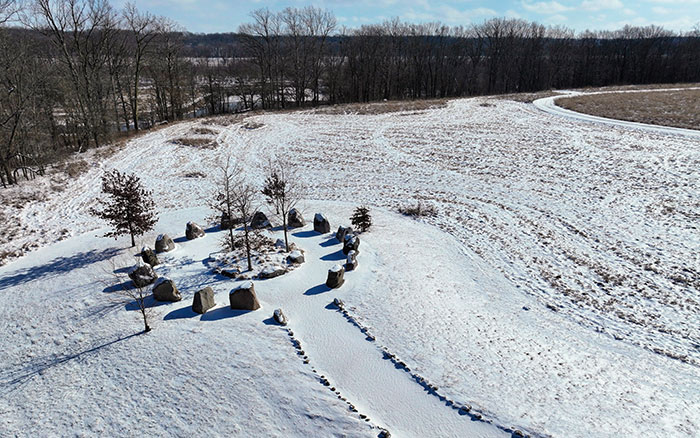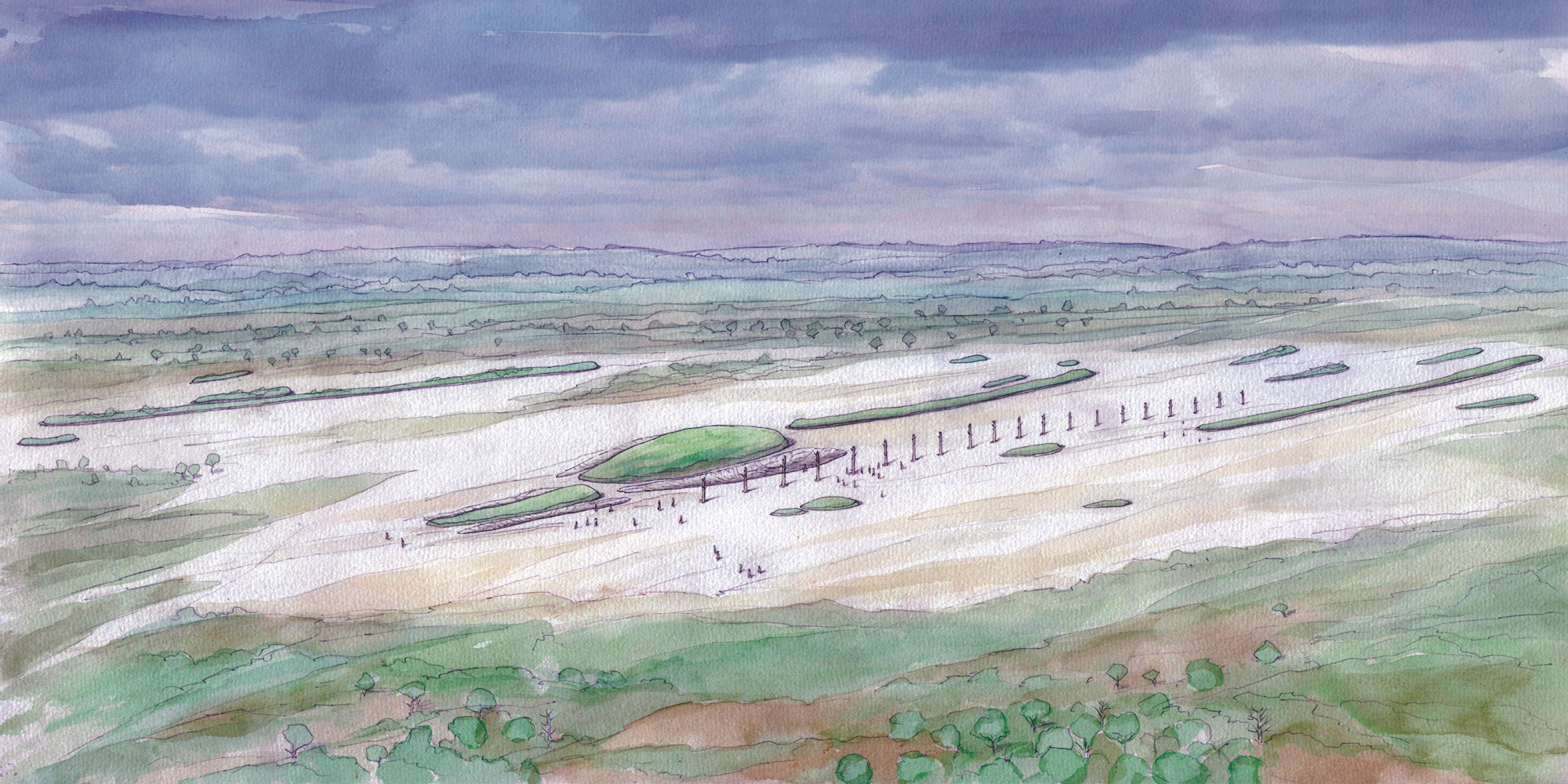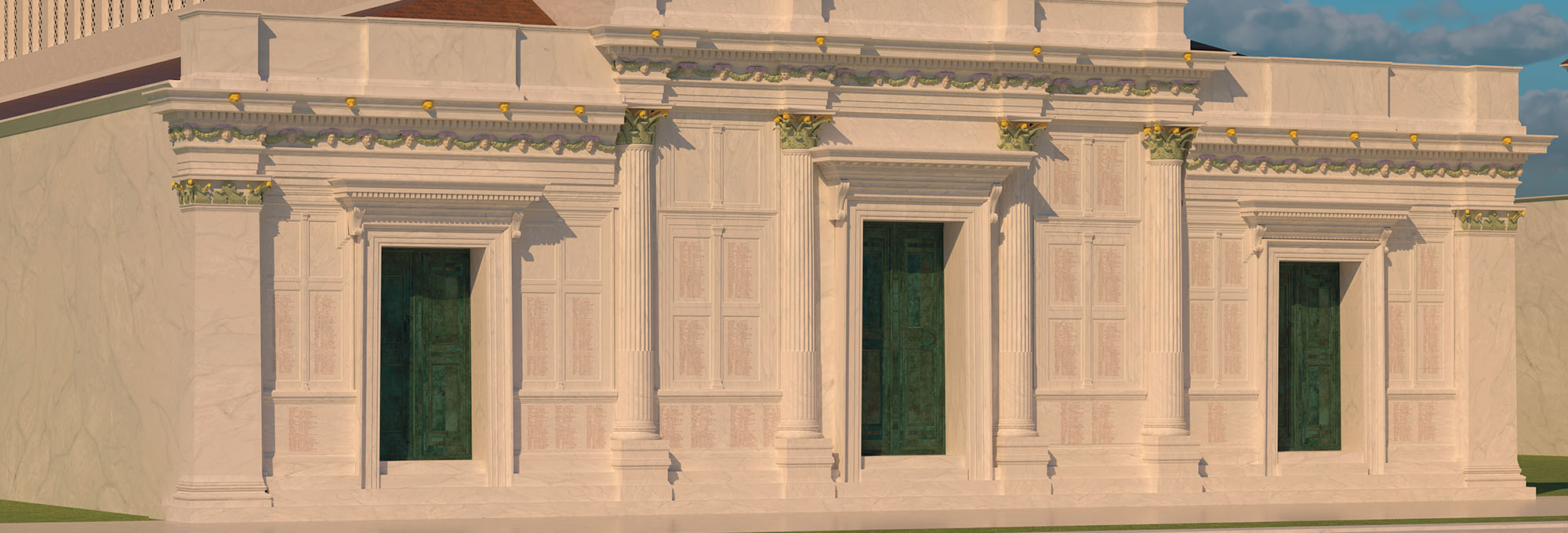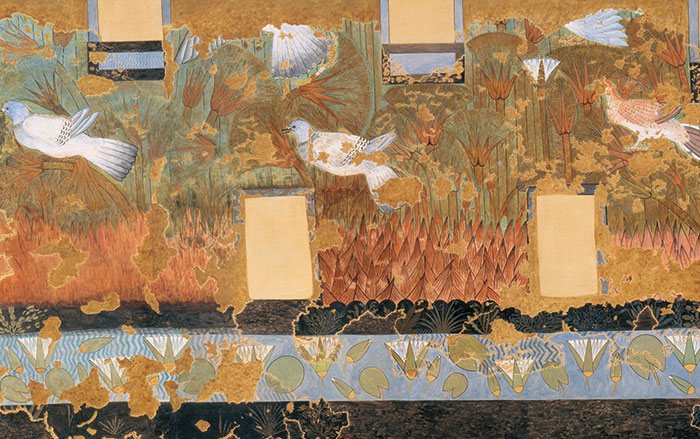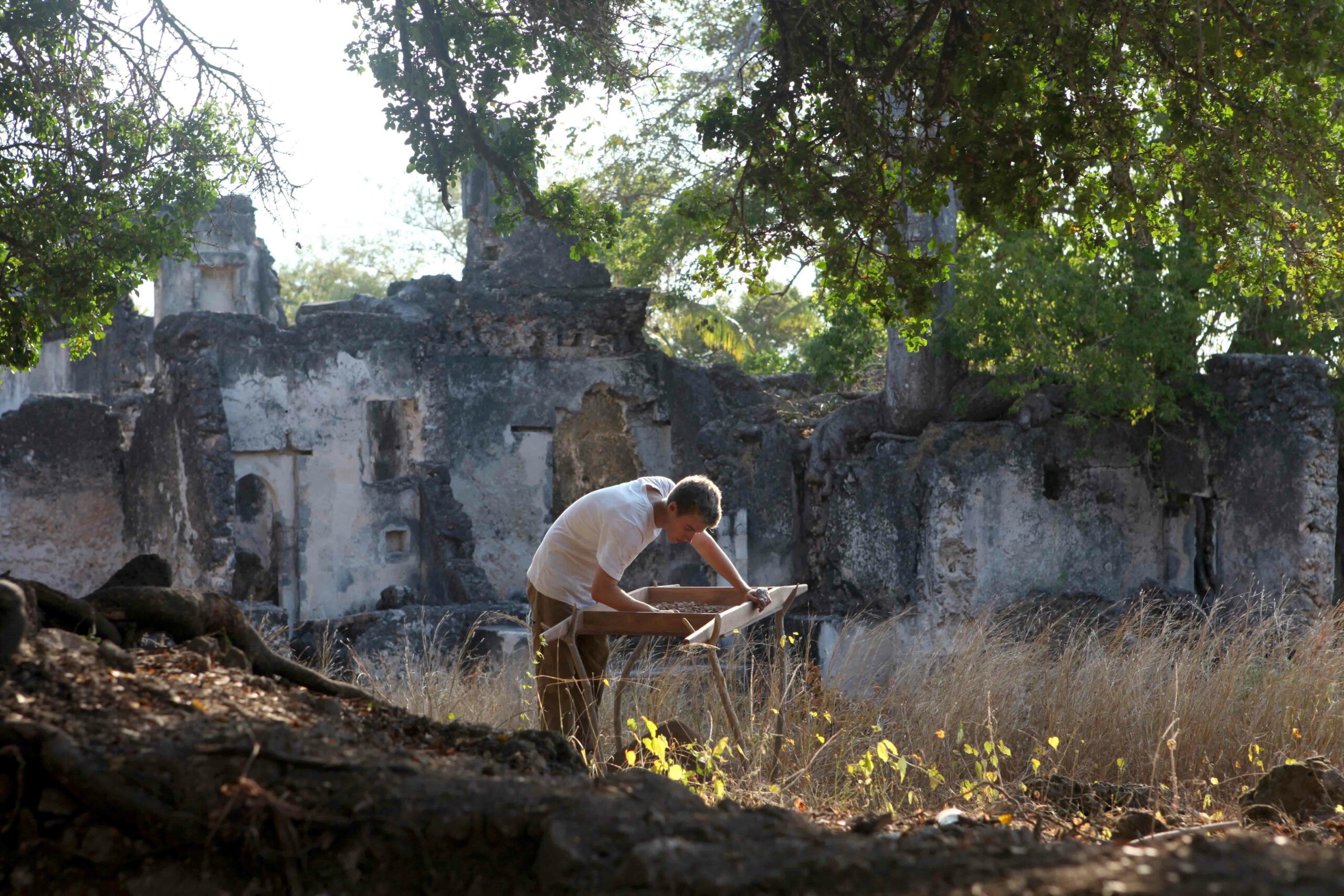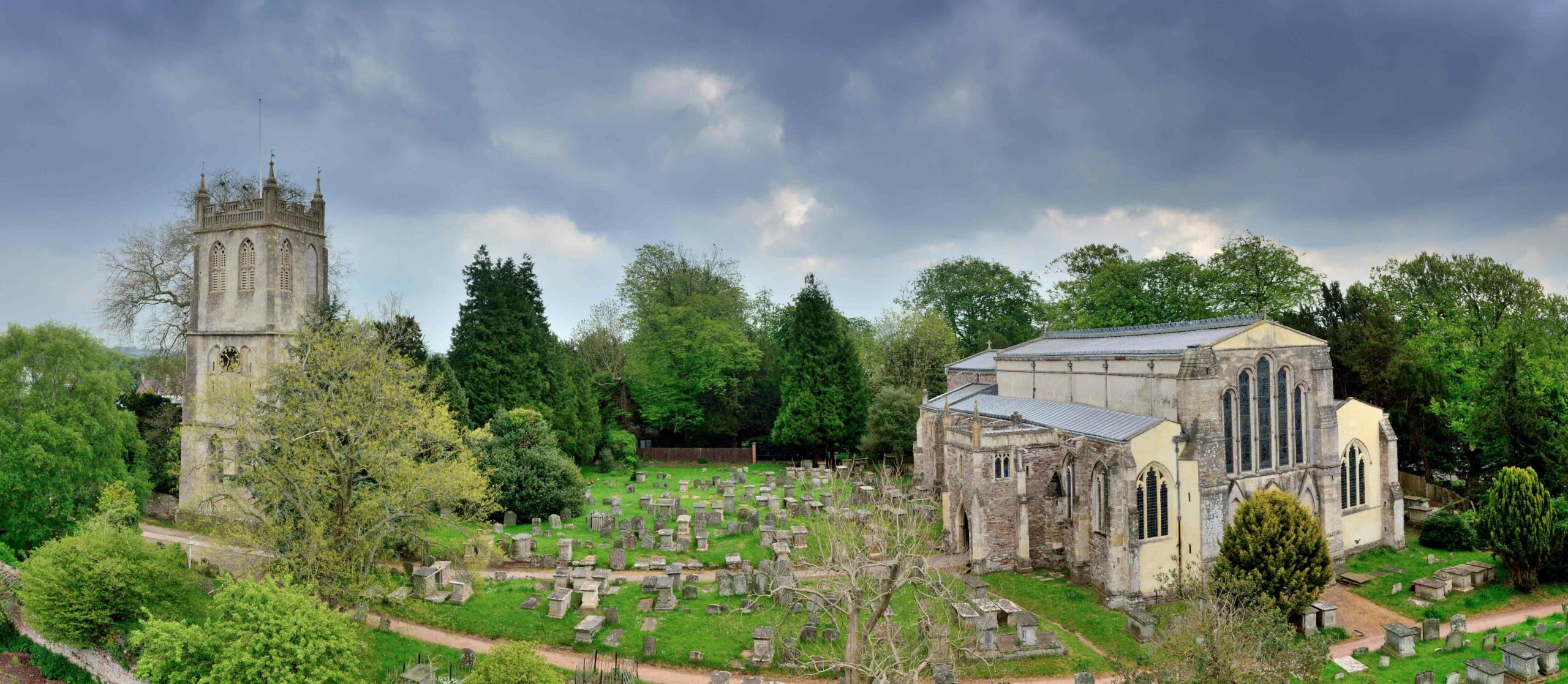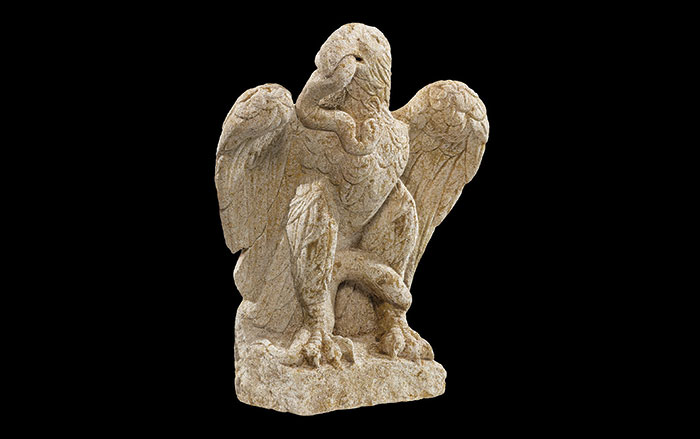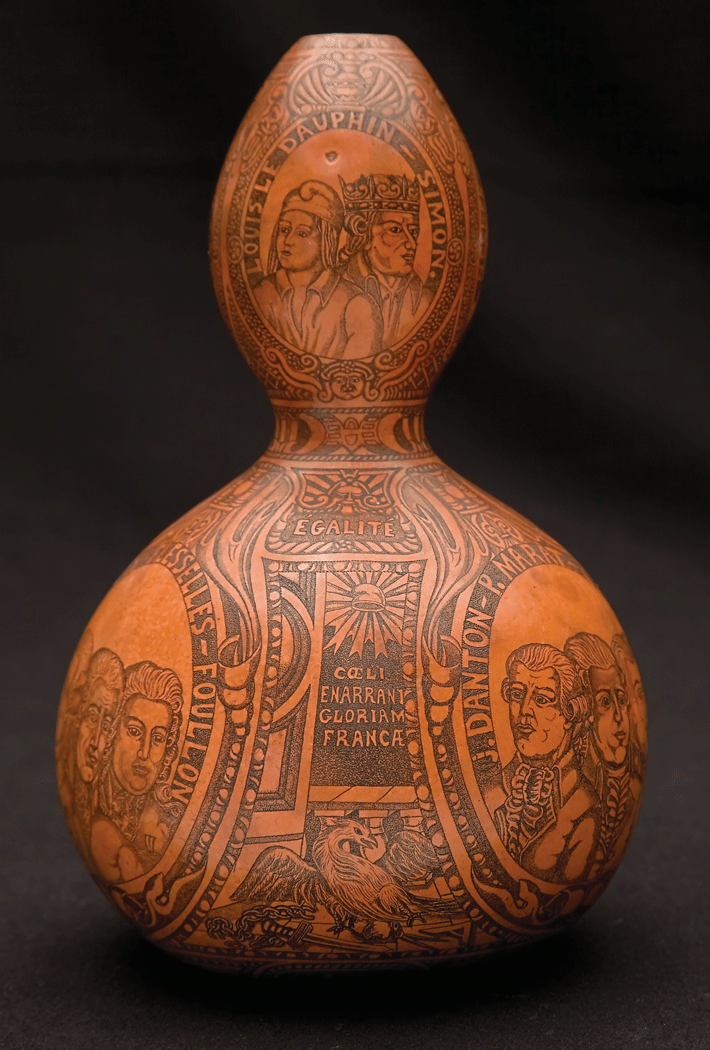
OMAHA, NEBRASKA—Archaeologists John R. Bozell and Gayle F. Carlson of the Nebraska State Historical Society joined David Hill of Metro State University of Denver in the excavation of a village site at Eagle Ridge that was inhabited by either the Oto, or perhaps the Ioway nation in the eighteenth century. Surprisingly, they recovered sherds of European olive jars from underground storage pits. They claim that the sherds could be the first physical evidence of the well-documented 1720 battle between Spanish soldiers, New Mexican settlers, and their Pueblo and Apache allies against the Pawnee and Oto nations, who were perhaps joined by some French traders. The Pawnee and the Oto killed the Spanish commander Don Pedro de Villasur, 35 soldiers, and 10 Pueblo scouts, stopping the eastward expansion of the Spanish conquest. “The olive jar sherds recovered from the Eagle Ridge site are the only physical evidence of the battle, so one or more of the Oto or Ioway village residents of the site may have been participants in the battle against Villasur. The sherds may have been one or more complete vessels and were thus loot from the engagement,” Hill told Western Digs.


